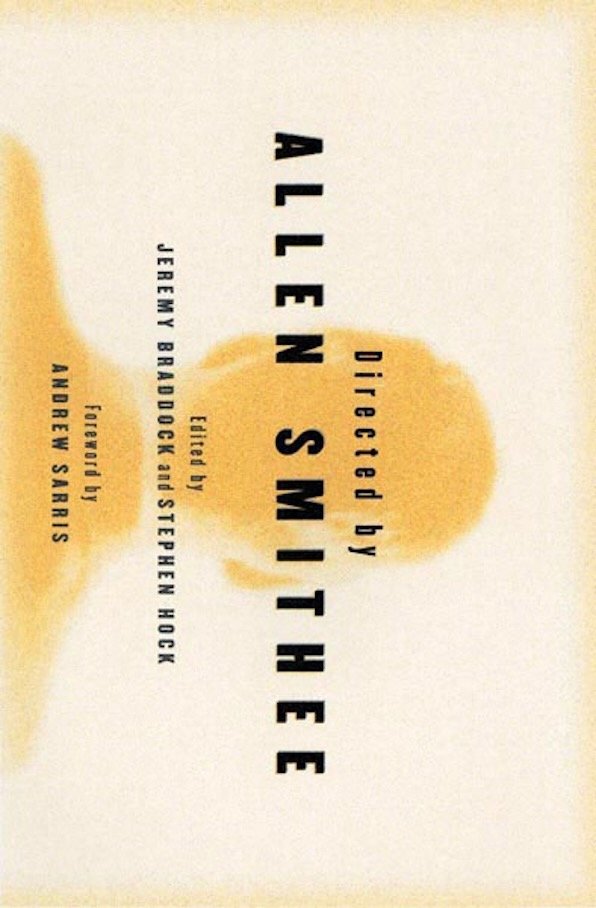BOOKS
Firesign: The Electromagnetic History of Everything as Told on Nine Comedy Albums
University of California Press 2024
A cultural clearinghouse of the American 1960s and '70s told through the story of the period's most important forgotten comedy group.
This expansive book reclaims the Firesign Theatre (hazily remembered as a comedy act for stoners) as critically engaged artists working in the heart of the culture industry at a time of massive social and technological change. At the intersection of popular music, sound and media studies, cultural history, and avant-garde literature, Jeremy Braddock explores how this inventive group made the lowbrow comedy album a medium for registering the contradictions and collapse of the counterculture, and traces their legacies in hip-hop turntablism, computer hacking, and participatory fan culture.
He deploys a vast range of material sources, drawing on numerous interviews and writing in tune with the group's obsessive and ludic reflections—on multitrack recording, radio, television, cinema, early artificial intelligence, and more—to focus on Firesign's work in Los Angeles from 1967 to 1975. This ebullient act of media archaeology reveals Firesign Theatre as authors of a comic utopian pessimism that will inspire twenty-first-century recording arts and urge us to engage the massive technological changes of our own era.
Collecting as Modernist Practice
Johns Hopkins University Press
winner of the Modernist Studies Association book prize
Choice Outstanding Academic Title
In this highly original study, Jeremy Braddock focuses on collective forms of modernist expression—the art collection, the anthology, and the archive—and their importance in the development of institutional and artistic culture in the United States.
Using extensive archival research, Braddock's study synthetically examines the overlooked practices of major American art collectors and literary editors: Albert Barnes, Alain Locke, Duncan Phillips, Alfred Kreymborg, Amy Lowell, Ezra Pound, Katherine Dreier, and Carl Van Vechten. He reveals the way collections were devised as both models for modernism's future institutionalization and culturally productive objects and aesthetic forms in themselves. Rather than anchoring his study in the familiar figures of the individual poet, artist, and work, Braddock gives us an entirely new account of how modernism was made, one centered on the figure of the collector and the practice of collecting.
Collecting as Modernist Practice demonstrates that modernism's cultural identity was secured not so much through the selection of a canon of significant works as by the development of new practices that shaped the social meaning of art. Braddock has us revisit the contested terrain of modernist culture prior to the dominance of institutions such as the Museum of Modern Art and the university curriculum so that we might consider modernisms that could have been.
Offering the most systematic review to date of the Barnes Foundation, an intellectual genealogy and analysis of The New Negro anthology, and studies of a wide range of hitherto ignored anthologies and archives, Braddock convincingly shows how artistic and literary collections helped define the modernist movement in the United States.
Directed by Allen Smithee
co-edited with Stephen Hock
University of Minnesota Press
Allen Smithee specializes in the mediocre. He is versatile. He is prolific. And he doesn't exist. From 1969 until 1999, Allen Smithee was the pseudonym adopted by Hollywood directors when they wished not to be associated with films ostensibly of their making . Encompassing over fifty films of various stripes -- B movies, sequels, music videos, made-for-TV movies -- Smithee's three decades of work affords the authors of this volume a unique opportunity to reassess the claims of auteurism, both in its traditional guise and in the more commodified form it currently assumes.
Sometimes treating Smithee as an auteur in much the same way critics and scholars have treated directors as diverse as Douglas Sirk, Abbas Kiarostami, and Quentin Tarantino, the contributors reclaim new possibilities for auteurist filmmaking and film studies, even as they show what an empty display it has recently become. In accounting for this change, the essays in this volume employ innovative theories of authorship to recapture the subversive effect that auteurism once enjoyed. Thus the Smithee name becomes part of a larger discussion of the economics and history of pseudonyms in filmmaking -- notably in the blacklist of the 1950s -- as well as an opportunity to employ Jacques Derrida's theory of the signature to recover obscured economic and historic contexts within Smithee's films.
Unique in its focus, innovative in its approach, Directed by Allen Smithee argues that it is precisely through throwaway films such as Smithee's that recent Hollywood cinema can best be studied.
Paris, Capital of the Black Atlantic
co-edited with Jonathan P. Eburne
Johns Hopkins University Press
How black writers’ travel to Paris contributed to the transatlantic circulation of art and ideas.
Paris has always fascinated and welcomed writers. Throughout the twentieth and into the twenty-first century, writers of American, Caribbean, and African descent were no exception. Paris, Capital of the Black Atlantic considers the travels made to Paris—whether literally or imaginatively—by black writers. These collected essays explore the transatlantic circulation of ideas, texts, and objects to which such travels to Paris contributed.
Editors Jeremy Braddock and Jonathan P. Eburne expand upon an acclaimed special issue of the journal Modern Fiction Studies with four new essays and a revised introduction. Beginning with W.E.B. Du Bois’s trip to Paris in 1900 and ending with the contemporary state of diasporic letters in the French capital, this collection embraces theoretical close readings, materialist intellectual studies of networks, comparative essays, and writings at the intersection of literary and visual studies. Paris, Capital of the Black Atlantic is unique both in its focus on literary fiction as a formal and sociological category and in the range of examples it brings to bear on the question of Paris as an imaginary capital of diasporic consciousness.



